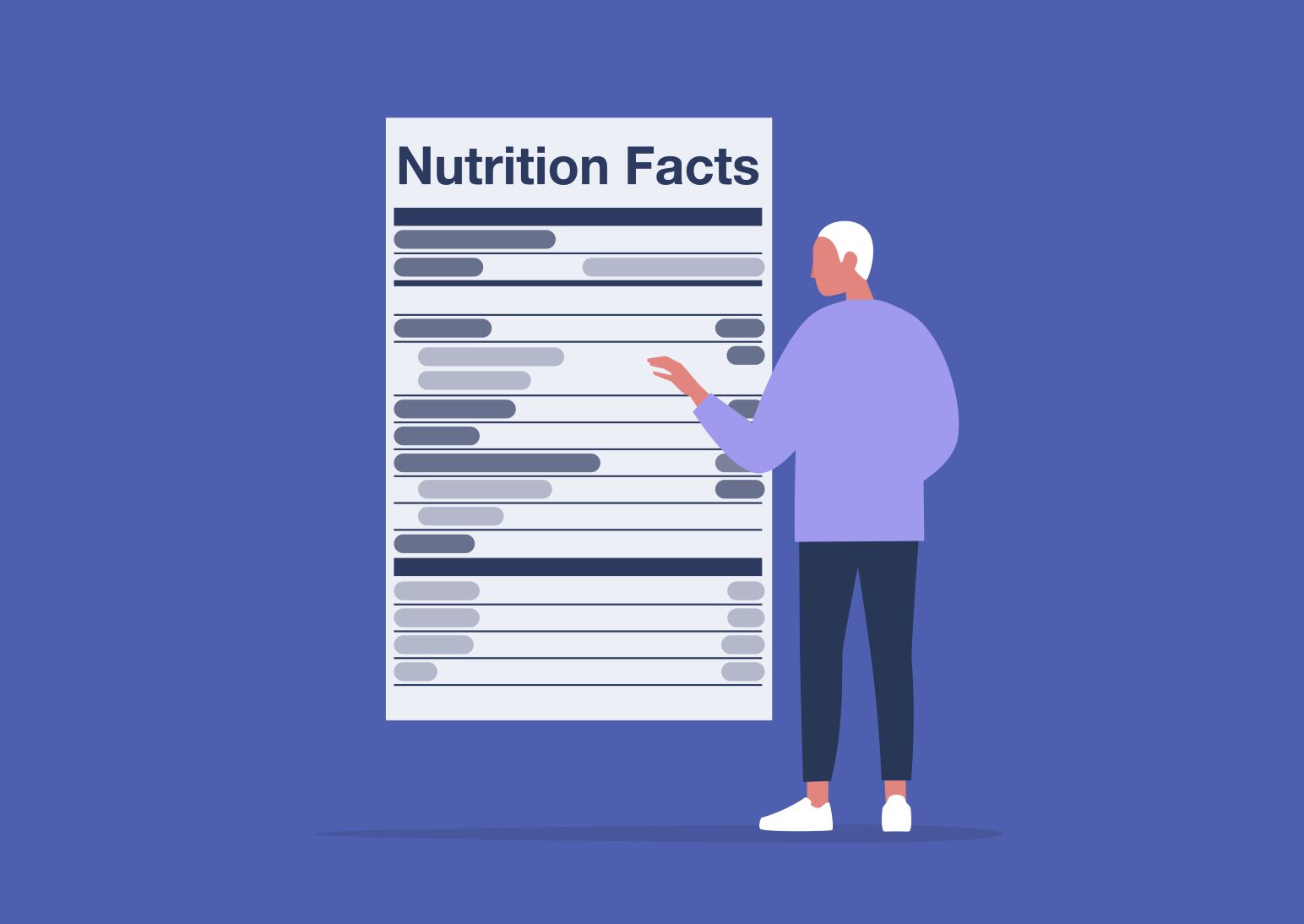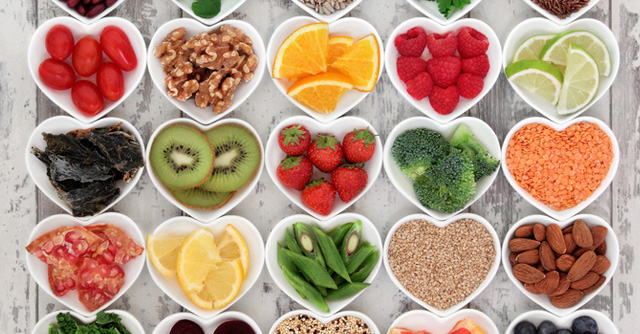10 tips for grocery shopping with diabetes

What’s the best way to navigate and make healthy choices in the grocery store that’ll help you better manage your diabetes? Medtronic Diabetes Senior Diabetes Clinical Manager, Stacey Rhea, RD, LDN, CDE, shares her top 10 grocery shopping tips for keeping your home stocked with the healthy foods you need to stick to your diabetes meal plan.
1. Plan meals for the week
Start with planning out dinners since they often require the most preparation. This helps save time, and prevents last minute meals that are full of convenience foods or even a run through the drive-thru.
2. Make a list and stick to it
After planning your meals for the week, make a shopping list including all the foods and ingredients you’ll need, plus those items you need to replenish. This will help keep you from throwing those unnecessary items into your cart, or forgetting items you need.
3. Check your blood glucose (BG) before shopping, and monitor with your continuous glucose monitor (CGM)
Low blood sugar can increase your hunger levels, making it easier to throw in those tempting foods that look good at the moment. It may also impair your ability to think clearly while shopping, and making driving to and from the market dangerous.
4. Never shop on an empty stomach
Being hungry makes it easier to throw those tempting treats in your cart. Be sure to shop right after a meal or snack.
5. Use the facts
Read nutrition labels to compare foods and help you make healthy choices with an appropriate balance of carbs and fats, but don’t forget to read the ingredients, too. The fewer ingredients, the better, since overall added sugars, fats, and preservatives are eliminated.
6. Understand food label claims
Be aware of “free” foods. According to the American Diabetes Association, a calorie-free food has no more than 20 calories and 5 grams of carbohydrates per serving, but these can add up if you eat several portions. Fat-free foods, such as crackers and salad dressings, can have more carbohydrates than regular version, so be sure to check the total carbs before you buy.
7. Walk the store's perimeter
Fresh, healthy foods such as fruits, vegetables, dairy, meat and fish, are typically around the perimeter of the store.
8. Shop middle aisles strategically
Cereals and bread made with whole grain (should be the first ingredient) are smart choices. Brown rice, whole grain pasta, and canned and dried beans are other good middle aisle food options. For all these foods, be sure to pay attention to the total carb count.
9. Choose a rainbow of produce
There’s an abundance of low-carbohydrate vegetables to choose from, such as celery, zucchini, peppers, broccoli, cucumbers, and lettuce. Opt for fruits with lower carbs than some other fruits, such as grapefruit, berries, and melons. If you’re not one to eat whole veggies or fruit, buy it pre-cut. This may make it easier for you to snack on it throughout the day.
10. Look for lean meats (without skin) and fish high in omega-3 fats
Meat and fish can be a good choice for people with diabetes since they’re low in carbohydrates. Zero in on lean choices to limit calories and fat, and leave meat less than 90 percent lean at the meat counter. Choose fish high in omega-3 fats such as mackerel, herring, salmon, and tuna. Have another food shopping tip to share? Tell us in the comments!
Guest Blogger - Stacey Rhea, RD, CDE, LDN
Stacey Rhea is a Registered Dietitian, Certified Diabetes Educator, Licensed Dietitian/Nutritionist, and Medtronic Diabetes Senior Diabetes Clinical Manager for the Asheville North Carolina area. Stacey has been a Registered Dietitian and Certified Diabetes Educator for over 10 years, and Medtronic Diabetes Clinical Manager for over 7 years. She loves combining her expertise to help her patients be well rounded in their diabetes care, including defining what healthy eating means to them.




